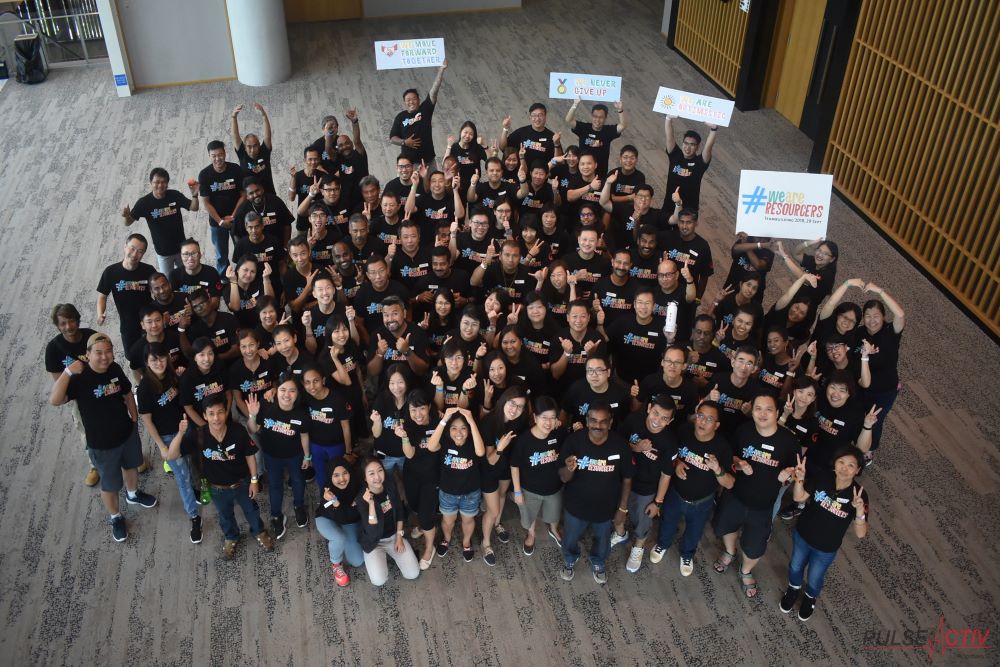How to Use Corporate Events to Reinforce Company Goals and Objectives
Corporate events are more than just opportunities for employees to network or celebrate milestones—they can be powerful tools for reinforcing company goals and objectives. When strategically aligned with a company’s mission, these events can drive employee engagement, foster a unified culture, and directly support key business outcomes. Here’s how to effectively leverage corporate events to ensure they resonate with and reinforce your company’s strategic objectives.
1. Align Event Themes with Strategic Objectives
The first step in using corporate events to reinforce company goals is to align the event’s theme with the organization’s strategic objectives. For instance, if a company is focused on innovation, the event could revolve around a futuristic or tech-savvy theme, encouraging participants to think outside the box. The messaging, activities, and overall atmosphere should consistently reflect the company’s priorities.
Example: A tech company aiming to lead in sustainability might host an event with a “Green Future” theme, featuring eco-friendly decorations, sustainable catering, and sessions on green technologies. This reinforces their commitment to sustainability both internally and externally.
2. Incorporate Company Values into Activities
Every activity at a corporate event presents an opportunity to reinforce company values. Team-building exercises, for example, can be designed to reflect key aspects of your corporate culture, such as collaboration, integrity, or customer focus. Tailoring activities to these values ensures that employees are not only reminded of them but also practice them in a real-world context.
Example: A company that values teamwork and collaboration could organize a series of group challenges that require participants to work together to solve complex problems. These activities can mirror the collaborative efforts needed in the workplace, making the experience both fun and meaningful.
3. Use Keynote Speakers to Emphasize Business Goals
Inviting speakers who can eloquently tie the company’s objectives to broader industry trends or global issues can make a significant impact. These speakers should be chosen not just for their expertise but for their ability to inspire and align with the company’s mission.
Example: For a company focused on digital transformation, a keynote speaker who is an expert in AI and its future impact on industries can provide insights that align with the company’s goals, motivating employees to embrace upcoming changes.
4. Highlight Achievements that Reflect Strategic Objectives
Corporate events are an ideal platform to showcase accomplishments that align with the company’s goals. Whether it’s reaching a sales milestone, launching a successful product, or achieving sustainability targets, celebrating these achievements reinforces their importance and motivates employees to continue striving toward these objectives.
Example: During an annual company event, a business focused on growth might highlight its expansion into new markets. This could be done through presentations, videos, or even storytelling sessions by those involved in the expansion, reinforcing the goal of global growth.
5. Facilitate Goal-Oriented Networking
Networking sessions can be tailored to encourage discussions around the company’s strategic goals. This can be achieved by setting up themed networking zones, where employees discuss specific objectives or challenges, or by hosting structured networking activities that prompt conversations aligned with the company’s mission.
Example: A company aiming to foster innovation might organize a “speed networking” session where participants share innovative ideas related to their work. This not only encourages creative thinking but also reinforces the importance of innovation within the company.
6. Incorporate Feedback Mechanisms to Measure Impact
To ensure that the event effectively reinforces company goals, it’s crucial to gather feedback from participants. Surveys, focus groups, or informal discussions can provide valuable insights into how well the event resonated with attendees and whether it successfully communicated the intended objectives.
Example: After a corporate event focused on customer service excellence, the company could distribute surveys asking employees how the event influenced their approach to customer interactions. Analyzing this feedback helps refine future events to better align with strategic goals.
7. Create Visual Reminders of Goals During the Event
Visual elements play a significant role in reinforcing company goals. From banners and posters to digital displays, incorporating the company’s mission, vision, and strategic objectives into the event’s visual design keeps these concepts top of mind for participants.
Example: A company prioritizing customer-centricity might display customer testimonials or success stories throughout the event venue. This constant visual reinforcement serves as a reminder of the company’s commitment to putting customers first.
8. Follow Up with Post-Event Communications
The impact of a corporate event should extend beyond the event itself. Post-event communications, such as recap emails, videos, or newsletters, can reinforce the key messages and objectives discussed during the event, ensuring they continue to resonate with employees long after the event has ended.
Example: Following an event focused on innovation, a company could send out a follow-up video highlighting key moments from the event, along with a message from leadership encouraging employees to continue pursuing innovative ideas in their daily work.
Conclusion
Corporate events are powerful tools for reinforcing company goals and objectives when carefully planned and strategically aligned. By integrating company values, highlighting strategic achievements, and ensuring continuous reinforcement through follow-up communications, organizations can create events that not only engage employees but also drive the company’s mission forward.
To head back to read another article in our blog, click here.

